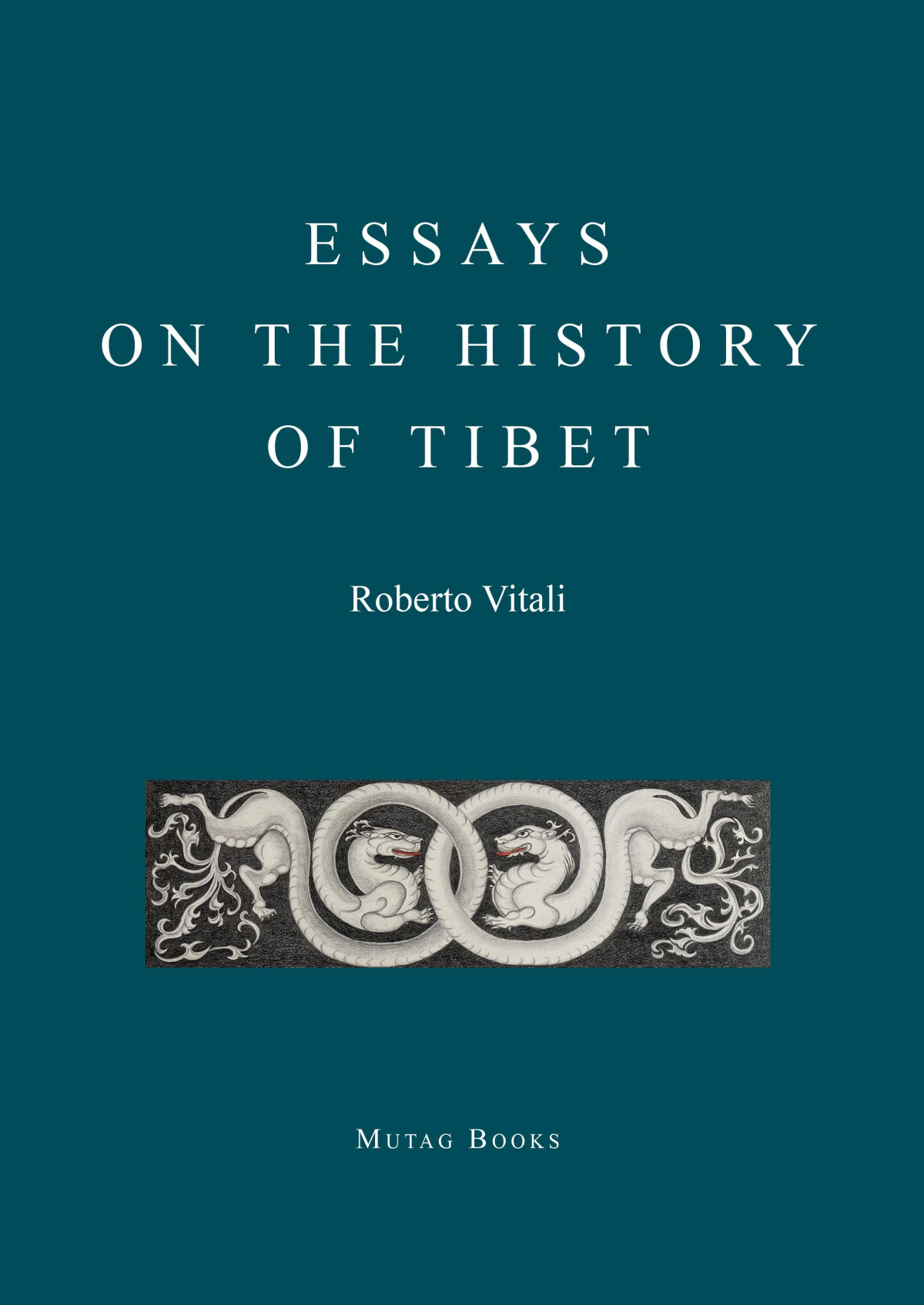

Most ebook files are in PDF format, so you can easily read them using various software such as Foxit Reader or directly on the Google Chrome browser.
Some ebook files are released by publishers in other formats such as .awz, .mobi, .epub, .fb2, etc. You may need to install specific software to read these formats on mobile/PC, such as Calibre.
Please read the tutorial at this link: https://ebookbell.com/faq
We offer FREE conversion to the popular formats you request; however, this may take some time. Therefore, right after payment, please email us, and we will try to provide the service as quickly as possible.
For some exceptional file formats or broken links (if any), please refrain from opening any disputes. Instead, email us first, and we will try to assist within a maximum of 6 hours.
EbookBell Team

4.0
96 reviewsSome of them deal with the dynastic period of Tibet (6th century onwards), others span from bstan pa phyi dar to the 15th century. A few of these essays touch well known themes, others aim at bringing to a more central historical position important topics that have been confined to the periphery of historical memory.
Three essays concern dynastic Tibet.
One of them expands the range of inhumations at the ’Phyong rgyas dur sa behind the well-known tombs of the btsan po-s and, therefore, gives a different perspective of the royal cemetery.
Another one deals with the sense of Srong btsan sgan po’s embryonic introduction of Buddhism in relation to the construction of Ra sa ’Phrul snang and his military campaigns.
The third pertains to the role the heroes played on the three fronts that secured the conquest of the empire.
Two more deal with the introduction of key religious systems, respectively from the late 10th to the 11th century and during the next
hundreds of years. One concerns the adoption of the cult of a major deity in the land, the other a system of lineal transmission.
In an essay, a noble family whose genealogical flow did not suffer discontinuation - a rare case in Tibet—is brought back to the limelight for its historical contributions.
Another essay is dedicated to one more noble family well-known to the studies but seen here from historical viewpoints not yet touched by scholarship.
A most controversial and troublesome event whose full extent official historiography has tried to hide under the carpet is the theme of a further essay.